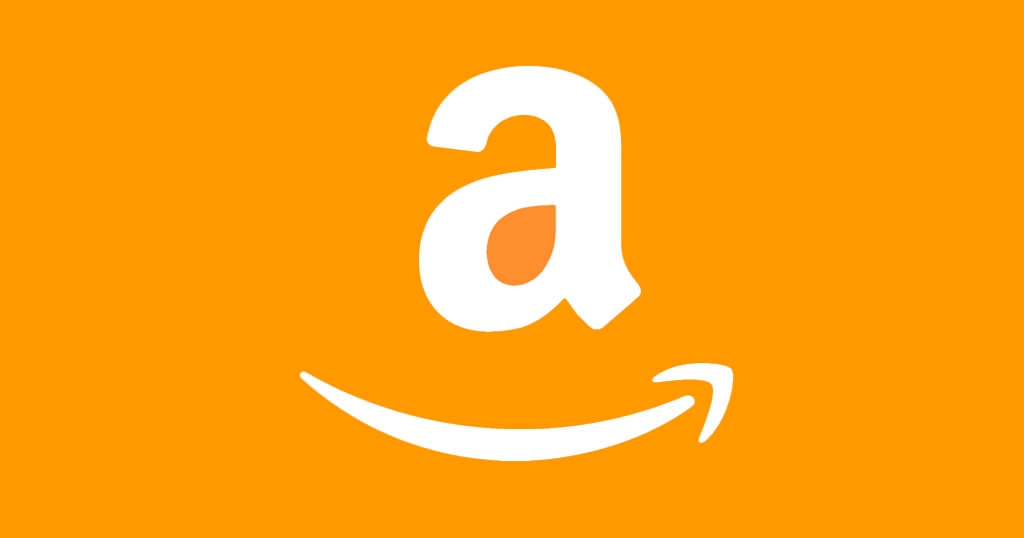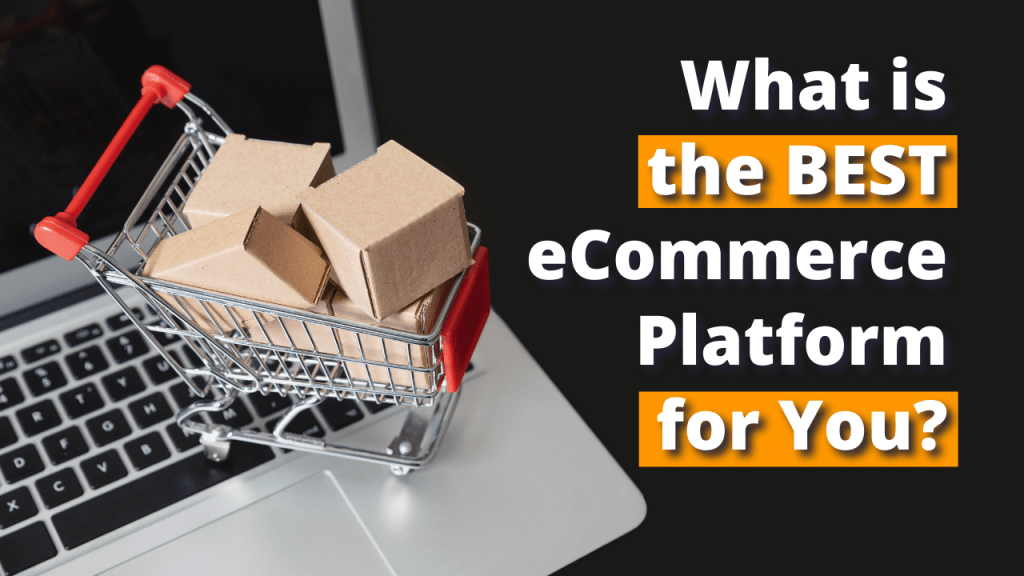eCommerce businesses are growing increasingly frustrated with the barriers they are facing when trying to sell on Amazon. In this week’s Surge Session, we address some of these obstacles and the solutions Amazon sellers are using to overcome them.
This week we talk about marketplaces and the issues with certain marketplaces. Obviously, the benefit of a marketplace is that you can list your product and you can start selling right away. There’s the largest marketplace, Amazon, and then you have Walmart. I’ve heard that Home Depot has a good marketplace that sells. I think Sears just recently stopped paying their sellers, they’re on the verge of bankruptcy, so scratch Sears. Then you have jet.com, and you have a couple of other smaller ones. You have Etsy for handmade stuff.
So, these marketplaces are a good option for you to start making some money, a few thousand dollars here and there. But a very small percentage is able to increase their revenue to $100,000, $200,000. I mean, we have clients who sell $1 million a month on Amazon. There’s a lot of conversation going on online, on Amazon forums, on marketplace forums, about what’s the best way to sell your product. What do you guys think? You think marketplaces or Amazon is good for sellers? And when is it good for sellers?
This goes back to what we were talking about. If you’re a brand or if you can find a way to have your own brand, then you might be able to compete on those marketplaces. But now they’re so competitive that if we’re talking about a new business here, then you have to really focus on what niche you’re targeting. Beause you’re gonna piggyback on other listings, your chance of getting the buy box is very low.
So, if you’re selling somebody else’s product and if you don’t have your own brand or if you don’t manufacture your own brand, you’re kinda screwed?
You’re just pretty much limiting yourself. You’re not really giving yourself a fighting chance. Because basically, you’re trying to piggyback off of their existing ASIN. They’ve already had the buy box.
Let’s describe that to viewers who might not know what it is. ASIN is basically what Amazon calls a specific listing. When I list this product, this will have an ASIN. The way this is determined, they’re through an MPN number, a manufacturer’s part number or UPC number. For example, this keyboard is from Mac, and it has a specific UPC number.
So, when you list this on Amazon, you can’t go re-list it because it has only one UPC number. Once somebody lists an item, you can’t re-list it. It’s not like eBay. You have to list it on the same listing, on the same ASIN. That’s A-S-I-N, those are the unique identifiers, the SKUs, that Amazon uses.
So, what happens is if I have somehow a thousand of these, I have to sell this on Amazon. But I can’t really list it on Amazon. If Amazon is already selling it, I will never get the buy box. The buy box is when you go to Amazon and you see a listing, and it says “add to cart,” that’s what the buy box is.
So, Amazon created this marketplace for sellers. But at the same time, Amazon is competing with the sellers, it’s competing with its own partners. An example of this is AmazonBasics.
Amazon came up with AmazonBasics, and that business completely shattered, because now Amazon invades top searches for iPhone cable, Android cable, etc. and they sell their own products. So, question is, and a lot of the viewers will agree with this is: how am I partner on Amazon, selling on Amazon, if Amazon is competing with me? Because Amazon has all the data.
I might manufacture this wallet, and it becomes an incredible wallet, who is to say Amazon is not gonna get into the wallet business and start creating its own wallets because they see the volume in these wallets. A lot of sellers are scared of this because of this reason because Amazon controls the top search results of their own algorithm. What do you guys think about that? Is that even fair or does it even matter?
I think it depends on the type of product. If you think about it from this standpoint of a Whole Foods or any grocery store that you may go to, that grocery store has their own products that are competing with the same products that are on their shelves. But at the end of the day, as consumers, we still like the brand names that we are used to. We still like new brands that might come out, so as far as fairness, I think it’s fair to a certain extent, but it really depends on the product.
If it’s, like you said, a charger cable, you can care less what the brand is. You’re gonna go after the lowest cost and that would be Amazon. If the brand is AmazonBasics, you’re gonna buy the Amazon product, instead of an unknown product. And that’s what’s most likely gonna have the lowest price, have the buy box.
From Amazon’s standpoint, you’re listing on their platform, so you’re gonna pay and you’re gonna take that risk. From a seller’s standpoint, it’s like, “Amazon, how the hell are you gonna compete with me if we’re partners and if I’m selling on your platform, and you’re not providing any value?” As a seller, what you can do is you need to diversify.
Now, I’ve had at least, three, four conversations in the past week of multiple issues with Amazon. People having brand issues on Amazon, they cannot get their ASINs gated, so other third-parties are selling there and messing up the review and the sales. Amazon doesn’t care.
I have had friends and clients of mine get blocked by Amazon because they were selling other brands. They were selling big numbers, like a quarter million dollars a month, and Amazon said, “You can’t sell this anymore, because we’re going to go directly to the manufacturer now.” That happens. If Amazon sees the volume, why would Amazon let you sell somebody else’s product? They go to the manufacturer directly.
Another issue that we’re having is the refund disaster with Amazon. I mean, you could be selling underwear on Amazon, and people can buy that underwear, try it on, and return the underwear. It’s unheard of. If I’m selling underwear, if I’m an underwear brand, what am I gonna do with returned underwear? So, it’s completely geared towards buyers and Amazon profits.
I’m gonna go ahead and say this, I don’t think Amazon really cares about sellers, because there are so many sellers on Amazon. Amazon, I believe, is building an algorithm to only favor those ones who are large sellers on Amazon, because they realized that the smaller sellers are not going to make money for Amazon. Do you guys agree with that? I mean, that Amazon is favoring big sellers?
I think we are noticing that, that Amazon is favoring big sellers. I wouldn’t say they’re necessarily intentionally making it hard for small sellers, they just don’t really care about them. So inevitably, they get shut down, they get thrown to the backseat.
Talk to me about the review paradox, because you mentioned that before. What is a review paradox? The review paradox is basically, the more reviews you have, the higher your product is gonna rank, the more visibility you’re gonna have. And of course, the better your reviews are as well.
There are issues where if I cannot get my ASIN gated, all of a sudden there’s another seller selling the same product, now my reviews are gonna go down, Amazon doesn’t care. It’s affecting my business, someone else is damaging my reputation, Amazon doesn’t really care.
So, the most essential thing that I’m seeing, and again, we have our own Amazon operations as well. At Optimum7, of course, we consult, but we also have our own Amazon operations, our own eCommerce operations, so we’re not just talking as consultants here. We’re also talking as eCommerce owners.
Let’s say I’m selling this phone and somebody else is selling basically the same phone. I get into the market, it’s the same quality product. I get into the market, I have only 10 reviews, but this phone already has 2000 reviews. There is no way I can compete with that because they’re making more sales. The velocity of new reviews for them is much higher, I’ve just started selling.
If I sell 20, maybe I’ll get one review. So, I’m really going slowly. How do I ever catch up to this guy? That’s where Amazon is incredibly smart because they have a paid search platform. They’re like, “If you wanna catch up to that guy, pay me money. I’ll show you up top, you get more orders, and you get more reviews.” Because you have to sell to get reviews. Then, you can catch up with this guy. The only people who can do that, are people with money, big brands. So, what do the small to medium-sized sellers do? How do they compete?
I mean, I don’t know. With that being said, how do you ever compete on Amazon if you don’t have the budget to use their Amazon marketing service, which I believe they just rebranded and it’s called something else now. It was ams.amazon, now it’s advertising.amazon. And the reason they did that is because they’re making so much money. I know brands who have a million dollars, it’s okay for them not to make money in the next 12 months.
But then, the other thing is, in order to actually use that service, it has to be your brand. You cannot piggyback off of other ASINs. They have to be your products. So, now you’re limiting those other small businesses that are getting these products from suppliers and reselling. Now, I can’t utilize that tool to bring myself up and catch up on a reviews standpoint and a sales standpoint. They’re really limiting a large portion of sellers.
But going back to the reviews, we’ve seen this trend of reviews and how it affects, not only your sales but just your visibility altogether, not just on Amazon but now Google Shopping. And the weight of reviews has definitely increased over time.
On Amazon, nowadays this seems to be the case, not only on Amazon, not on a product, but also on Netflix when a movie comes out, you don’t have okay movies anymore, you don’t have okay products anymore. It’s either terrible or it’s great. It’s either 2 stars or it’s 4.5 stars out of 5. So, what I want to do is I wanna recap this, and I wanna talk about the answer of how sellers or how businesses deal with the Amazon issue.
Here are the issues with Amazon. Review velocity or the review paradox, you’re gonna have incredible issues if you’re introducing a product for the first time. You gotta spend so much money on paid ads on Amazon to catch up to the big sellers, and also catch up to Amazon’s own products, like AmazonBasics. They have different brands too. You have the brand issues, brand gating issues.
You have another issue where people on eBay, or everywhere else, buy and sell your products without you knowing. So, they’ll buy that at $30, they’ll sell it at $50 on eBay. They’ll sell it, somebody gets it, and they’re like, “Oh, this shipped from Amazon. I bought it from eBay, and I bought it at 50 but it’s $30 on Amazon.” So, they just refunded.
If you’re selling and you’re getting these refunds and you don’t understand, you have a great product, guess what? Check your brand names on eBay and all the other platforms, because somebody is drop shipping without you knowing. That’s a problem that Amazon cannot do anything about.
The refund disaster, Amazon doesn’t care about, correct? Because anything you can refund to Amazon, and people buy and refund stuff all the time. If you have high refund rates, by the way, Amazon might block your account, or they will block that listing. So, these are all the issues. Why the hell would I sell on Amazon? If I can’t sell on Amazon, what can I do?
Now, five, six years ago, we said something. That was “Be the brand.” Stop reselling others people’s products. Be the brand. Go to China, go to Pakistan, go to Turkey, go to Latin America and manufacture your own products. Be the brand. If you’re buying it from here, buy it, repackage it and be the brand. That still remains today, you have to be the brand.
If you are not the brand. If you’re re-selling other people’s products under their brand name, your business is not going to last because it’s very competitive now. If you are already the brand, the next suggestion from us to you is to diversify.
Here is diversification. Get a very powerful website. It should be on Shopify, BigCommerce, or a strong platform. Nothing on WooCommerce. I would not recommend Magento. List the products, optimize it for Google, work with an SEO company or a marketer to optimize it.
Get backlinks, get authority, do videos. On top of that do shopping comparison, which you can do on shopping.com, pricegrabber.com, bizrate.com. Get a tool like Shopper Approved.
The next thing that you definitely need to do is learn Facebook. Learn social media. There are a lot of conversions on social media, a lot of business on Facebook. Learn how to do Facebook advertisement and push the sales through your website, and very, very important, sign up for something like Commission Junction or Share-A-Sale if you have a good product, if you can allocate percentages for affiliate marketing, create affiliate marketing.
So, here’s the structure that I like: 50%, 40% of your volume or your sales need to be coming from Google organic. 10%, 15%, 20% should be coming from an affiliate. 10%, 15%, 20% should be coming from shopping comparison sites or relationships that you have built.
The rest of it needs to be email marketing that you do to your own customers, so keep hitting them with drip marketing strategies. Keep hitting your existing customers with specials. This should be the structure. Diversification is now very important. All right, so we’ll talk to you guys next week.
Need help diversifying your eCommerce business?






